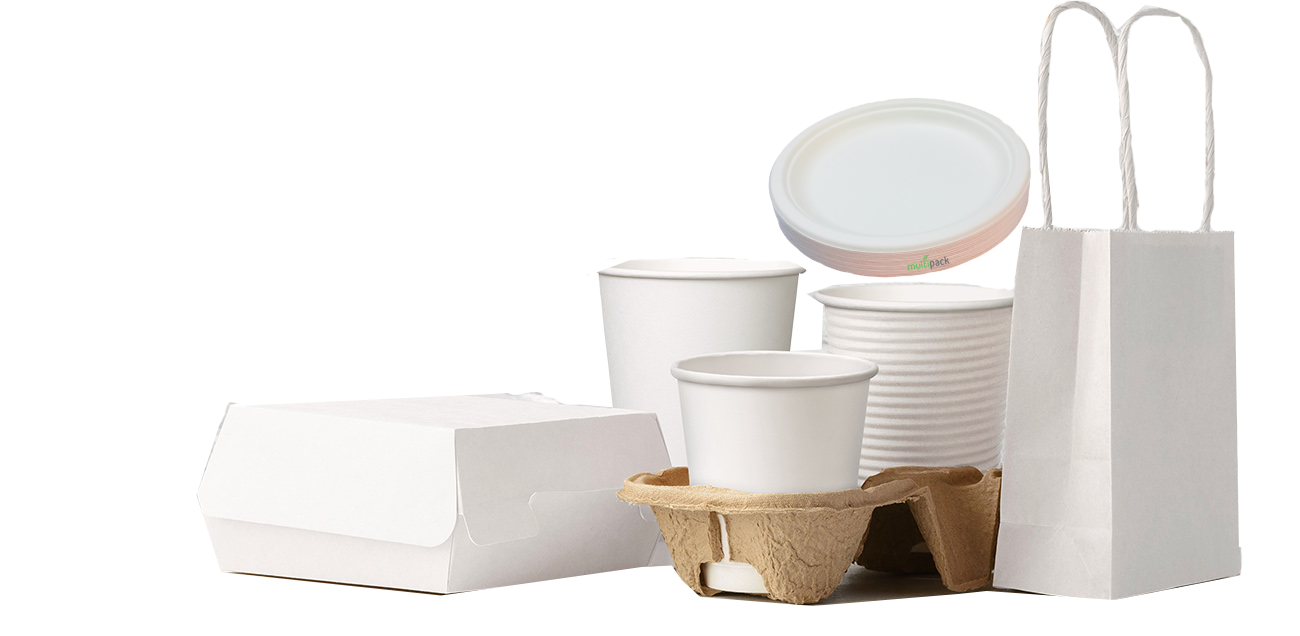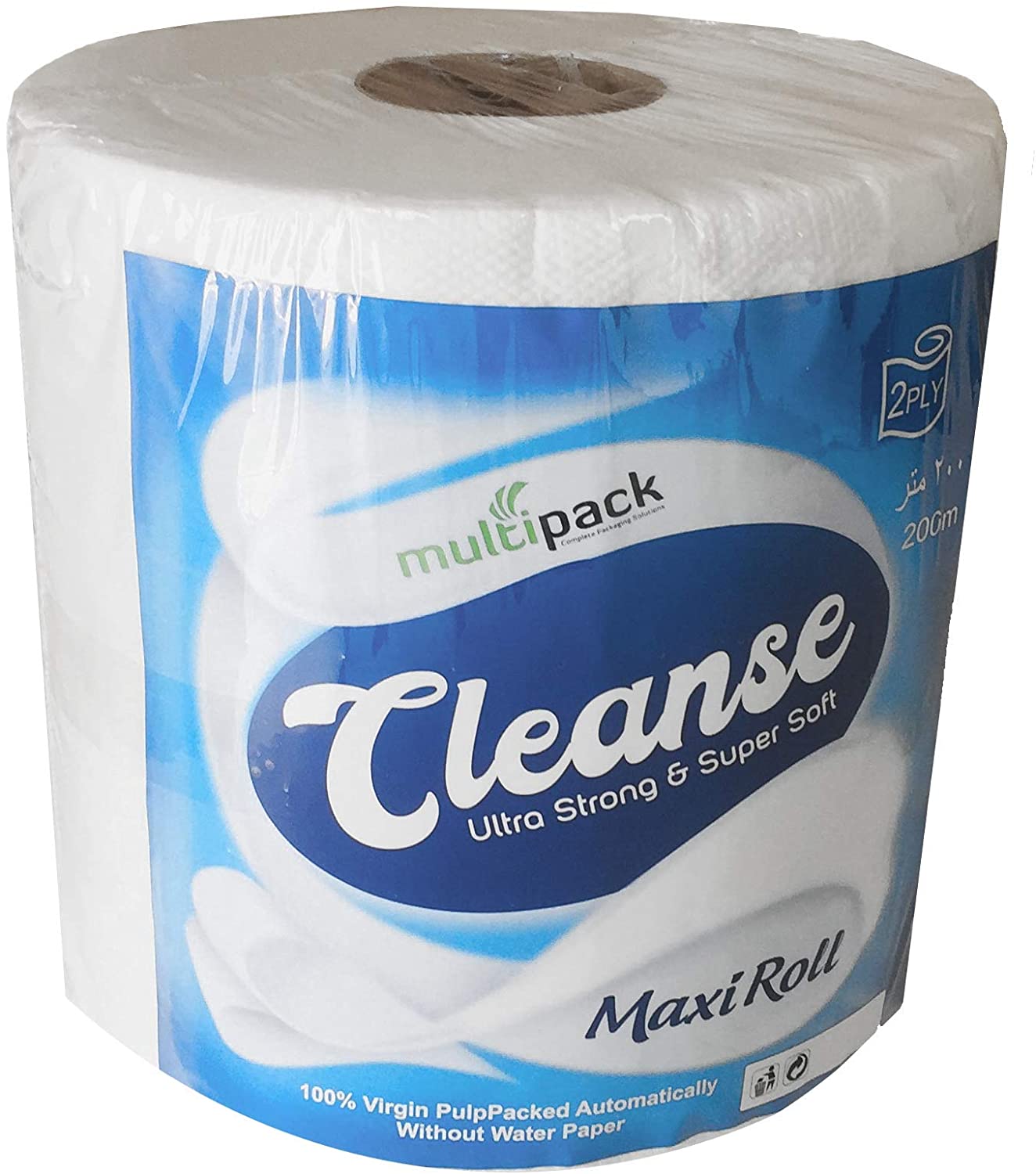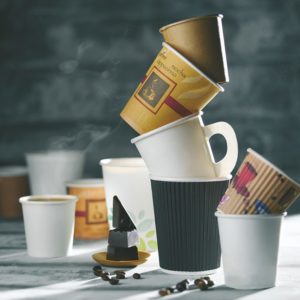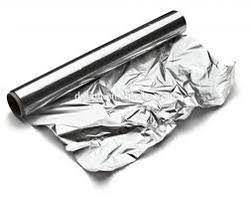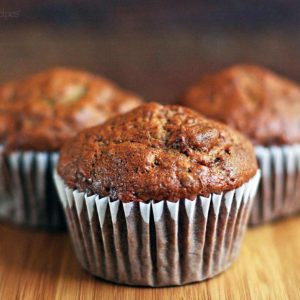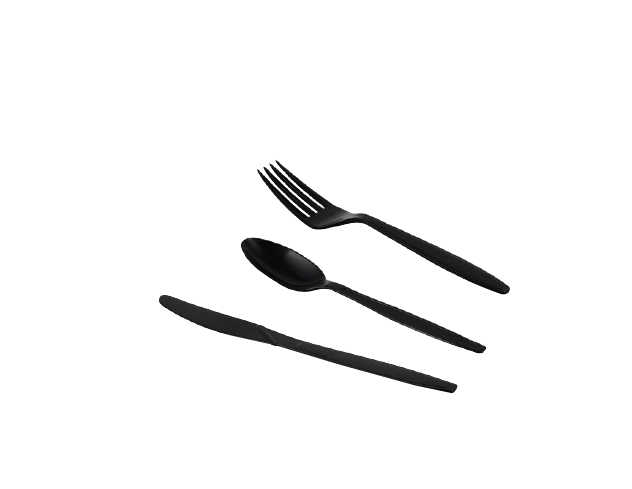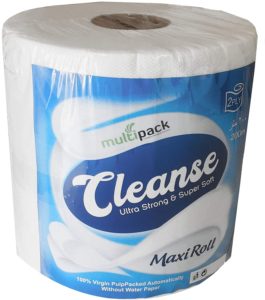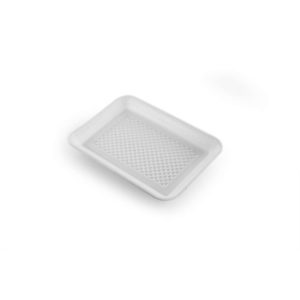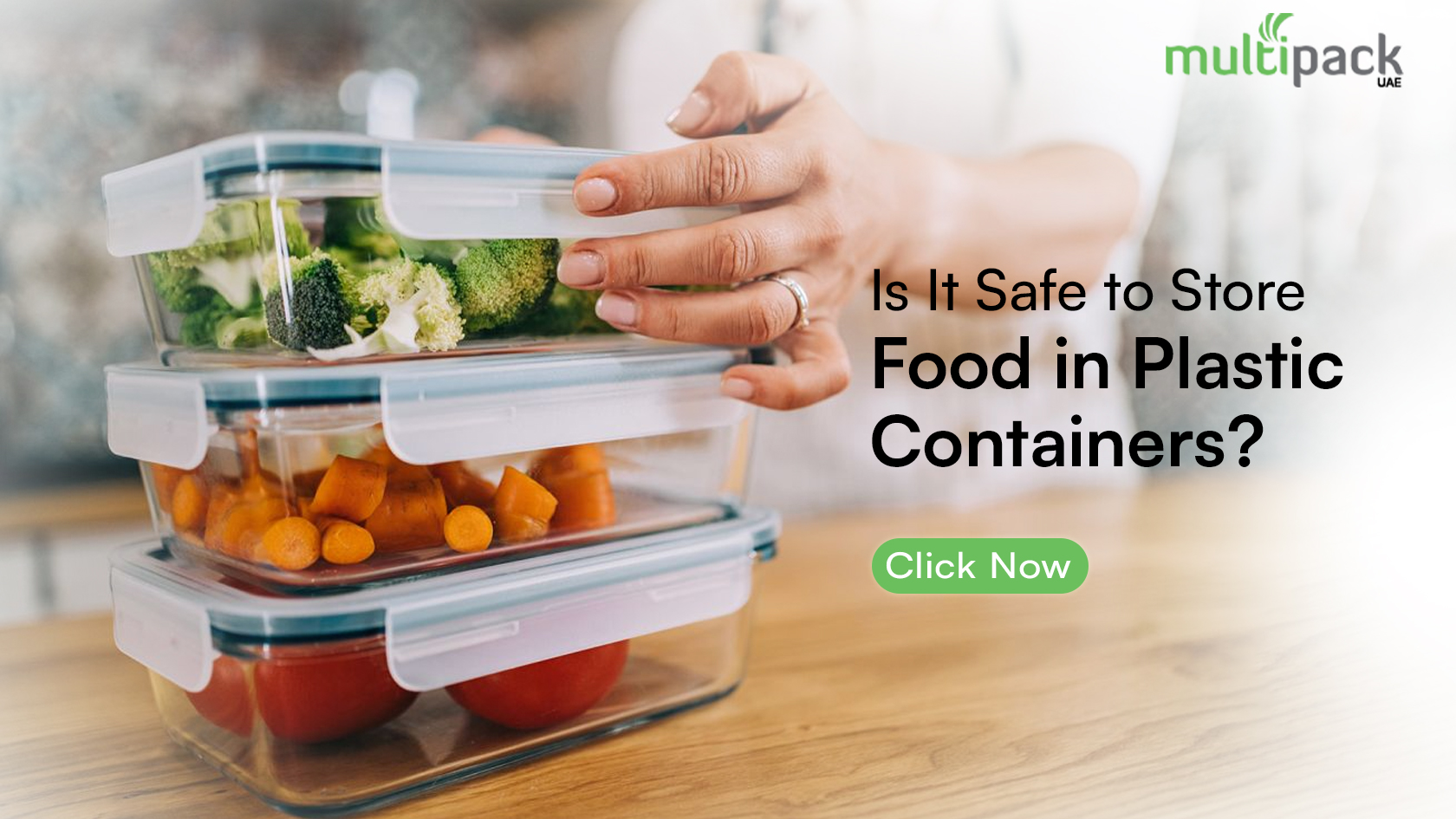Is It Safe to Store Food in Plastic Containers? Leave a comment
Many people use plastic containers to store food. They are lightweight, inexpensive, and come in various shapes and sizes. However, some people worry about whether it is safe to keep food in these containers. This article will discuss the types of plastic containers, how to recycle them, the risks involved, as well as their pros and cons. Understanding these factors can help you make safer choices for storing your food.
Types of Plastic Containers
Plastic containers are made from different types of plastic. Here are the most common ones:
Polyethylene Terephthalate (PET or PETE):
This is often used for water bottles and some food containers. It is clear and strong but is generally meant for single use.
High-Density Polyethylene (HDPE):
This plastic is found in containers for milk, juice, and detergent. It is resistant to impact and can be recycled.
Polyvinyl Chloride (PVC):
Commonly used for food wrap and some bottles. PVC can release harmful chemicals when heated, so it’s not recommended for food storage.
Low-Density Polyethylene (LDPE):
Often used for grocery bags and some food wraps. It is usually safe for food storage but less common for containers.
Polypropylene (PP):
Frequently used for yogurt containers and takeout boxes. It can withstand heat and is safe for food storage.
Polystyrene (PS):
This type includes Styrofoam, which is used for some foam food containers. It can leach chemicals and is best to avoid for food storage.
Other: This category includes various other plastics that don’t fit into the above types, including polycarbonate. Some can release harmful chemicals like BPA.
Knowing the type of plastic is important when deciding if it is safe to use for food storage.
Recycling of Plastic
Recycling plastic is important to reduce waste and protect the environment. To browse safe and durable plastic food containers. Most plastic containers have a recycling symbol on the bottom with a number.
Here’s how you can recycle them:
Check the Recycling Symbols: Look for the numbers 1 (PETE) and 2 (HDPE) as they are widely accepted for recycling.
Clean and Sort: Rinse containers to remove food residues and sort them according to their type.
Drop Off at Recycling Centers: Take the sorted containers to a recycling drop-off location or place them in your curbside bin.
Know Local Rules: Different areas have different rules on recycling. Check with your local waste management for details.
Recycling helps reduce the amount of plastic in landfills and can lead to new products being made from recycled materials.
Risks of Storing Food in Plastic Containers
While many plastic containers are safe for food storage, there are some risks.
Chemical Leaching: Some plastics can release harmful chemicals into food, especially when heated. For example, containers made with BPA may leach into food or drinks, causing health concerns.
Bacterial Growth: If plastic containers are not cleaned properly, bacteria can grow and cause foodborne illnesses.
Heat Damage: Not all plastics are safe for use in microwaves or dishwashers. Using them in such ways can cause them to break down and release harmful substances.
Scratching and Cracking: Over time, plastic containers can scratch and crack, creating crevices where bacteria can hide and grow.
Here are five alternatives to plastic for food storage:
Let’s Explore eco-friendly alternatives for food storage.
Glass Containers: These are a popular choice for food storage as they are non-toxic, do not leach chemicals, and are microwave and oven safe.
Stainless Steel Containers: Durable and rust-resistant, stainless steel containers can keep food fresh and are suitable for both hot and cold items.
Beeswax Wraps: A natural alternative to plastic wrap, beeswax wraps are made from cotton infused with beeswax, making them reusable and biodegradable.
Fabric Bags: For storing produce or bread, reusable fabric bags made from materials like cotton or linen are a great eco-friendly option.
Aluminum Containers: Consider aluminum containers for versatile food storage. It is also a good option.
Silicone Bags: These flexible, reusable bags are perfect for snacks or leftovers and can be used in the freezer or microwave, offering a safe alternative to traditional plastic bags.
Pros of Using Plastic Containers
Despite the risks, there are several advantages to using plastic containers:
Lightweight: Plastic is much lighter than glass or metal, making it easy to handle and transport.
Break-Resistant: Plastic containers are less likely to break if dropped, making them safer for children.
Variety: They come in many shapes and sizes, making them suitable for a wide range of foods and portion sizes.
Affordability: Plastic containers are generally less expensive than glass or metal alternatives.
Convenience: Many are designed for easy stacking and storage, saving space in your kitchen.
We have a good variety of containers you can stay safe with our hygiene products for food handling.
Cons of Using Plastic Containers
However, there are also some drawbacks:
Environmental Concerns: Plastic waste contributes to pollution and harm to wildlife.
Potential Health Risks: As discussed earlier, certain plastics can leach chemicals; hence understanding which types are safe is important.
Durability: Some plastic containers can become brittle over time or lose their shape when exposed to heat.
Not Microwave Safe: Many plastics are not safe to use in microwaves, which limits their convenience for heating food.
Less Aesthetic Appeal: Some people prefer the look of glass or ceramic for food storage.
FAQs
Which is better for preserving food: glass or plastic?
The majority of individuals think that glass is safer and better for the environment, but because it is heavy and easily broken, it may not be as handy.
How do I store my food in the best way?
If you are worried about the chemicals in plastic, you should pick glass, rubber, or stainless steel instead
Conclusion
Finally, while storing food in plastic containers can be safe, it is critical to understand the type of plastic used and be aware of the potential hazards. Choose containers made of safe plastics, clean them frequently, and recycle wherever feasible. Eco-friendly craft bowls for sustainable storage is the best option for you and your family.
Following the principles outlined above allows you to enjoy the convenience of plastic containers while reducing potential health hazards. Remember that it’s always great to be educated and make decisions that benefit both your health and the environment.
Keep your food fresh and organized with Multipack International wide range of storage solutions. Find the perfect fit for your kitchen today!

